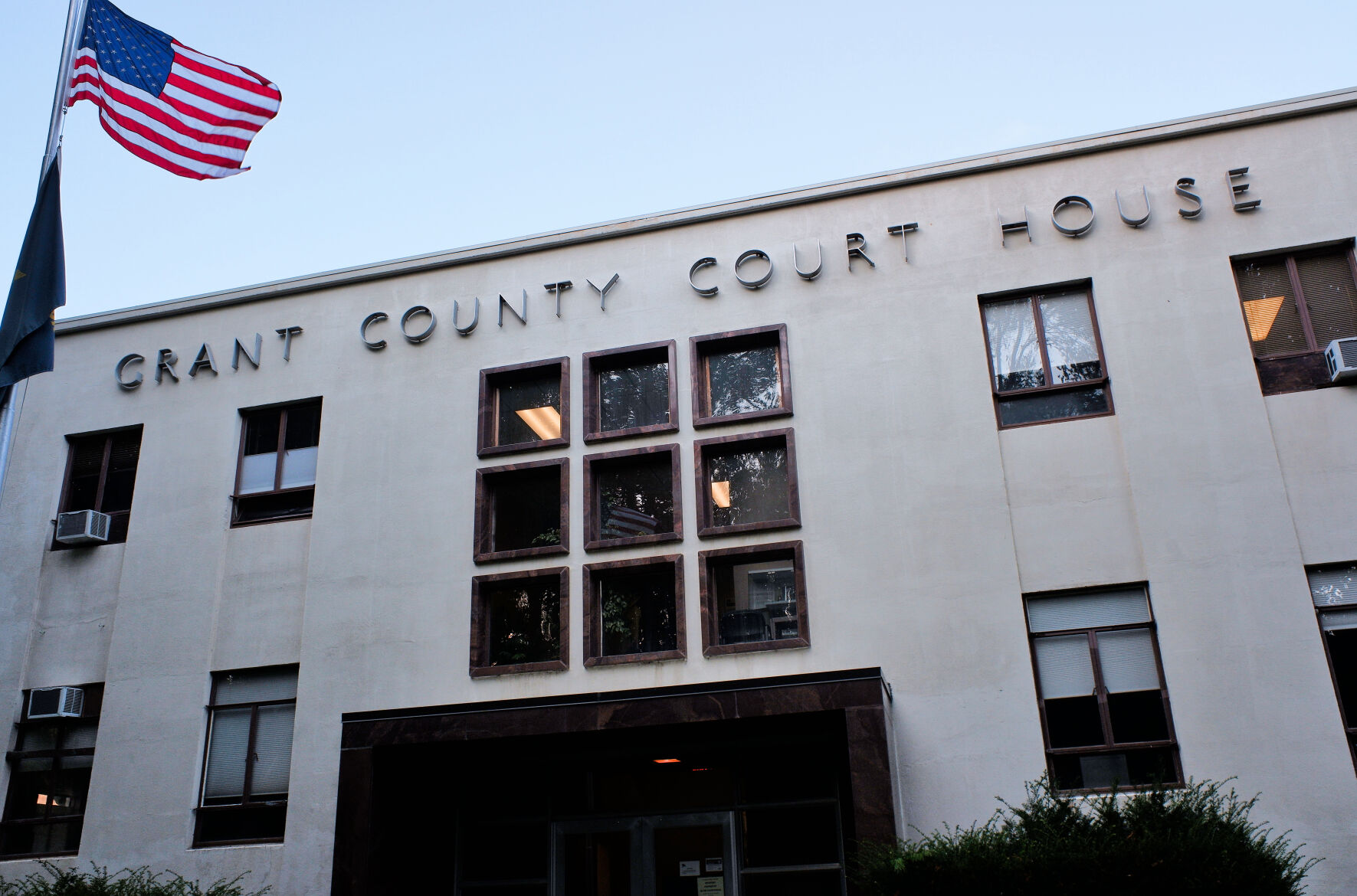Editorial: Federal government overspending extends to rural internet
Published 7:00 am Thursday, September 14, 2023
The federal government’s initiative aimed at bringing high-speed internet to rural America can best be compared to its effort nearly a century ago to bring electricity to homes across the nation.
Except the broadband effort is relying on old, and extraordinarily expensive, technology.
Last week, our colleagues at the Wall Street Journal reported that in some areas each internet hookup is costing in excess of $50,000. In even more remote areas, hookups could cost as much as $300,000 each.
There’s got to be a better — and cheaper — way.
First, let us stipulate that the notion that all Americans should have access to high-speed internet is laudable. So much can be accomplished with the help of the internet, from remote learning to medical appointments. Access to the internet allows anyone anywhere to perform a wide variety of jobs.
Employees no longer need to be in an urban office to do many jobs. They can work from their homes, farms and ranches. The internet proved its value during the COVID-19 outbreak, when many people were ordered to work from their homes.
The federal government has committed more than $60 billion to hook up rural homes to the internet. That’s about $1,000 for every man, woman and child living in rural America.
While some of the internet hookups are relatively cheap and easy, others are just the opposite. In some areas, the cost of an internet hookup rivals the value of the house, according to the Journal.
That makes us wonder if there isn’t a better way to provide the internet.
In areas where cell phone service is available, companies can supply internet routers that operate without the need for expensive fiber-optic cables. In other areas, satellite dishes can provide internet service at a fraction of the cost.
In Alaska, the federal government is laying a 793-mile undersea cable to link several villages to the internet, according to the Journal. Alaska pioneered the use of satellite communications in the 1970s, and in the 21st century the federal government is taking a giant step backward to laying cable.
Once the hookups are completed, who will be stuck with the monthly bills for the internet service? That’s another question that hasn’t been adequately considered. We suspect not everyone in rural America will want to pay for internet access if they don’t need it.
The internet effort can be compared with the Rural Electrification Administration that was set up in 1935. Congress gave the new agency $100 million — that’s $1.88 billion in 2020 dollars, according to a report by the Federal Reserve Bank of Richmond. The money provided low-cost loans to build generators and transmission lines. Ultimately, many farmers formed cooperatives to do the work and repay the loans to the federal government.
Federal officials say taxpayers should keep the “long view” in mind when thinking about the mounting costs of giving internet to everyone.
Indeed, we should keep the “long view” in mind — along with the enormous pricetag. In our view the Rural Electrification Administration model would work just as well for the internet.
We’re also not experts on the internet, but we know for sure the federal government could get more bang for its buck if it also used alternative technologies where appropriate.








